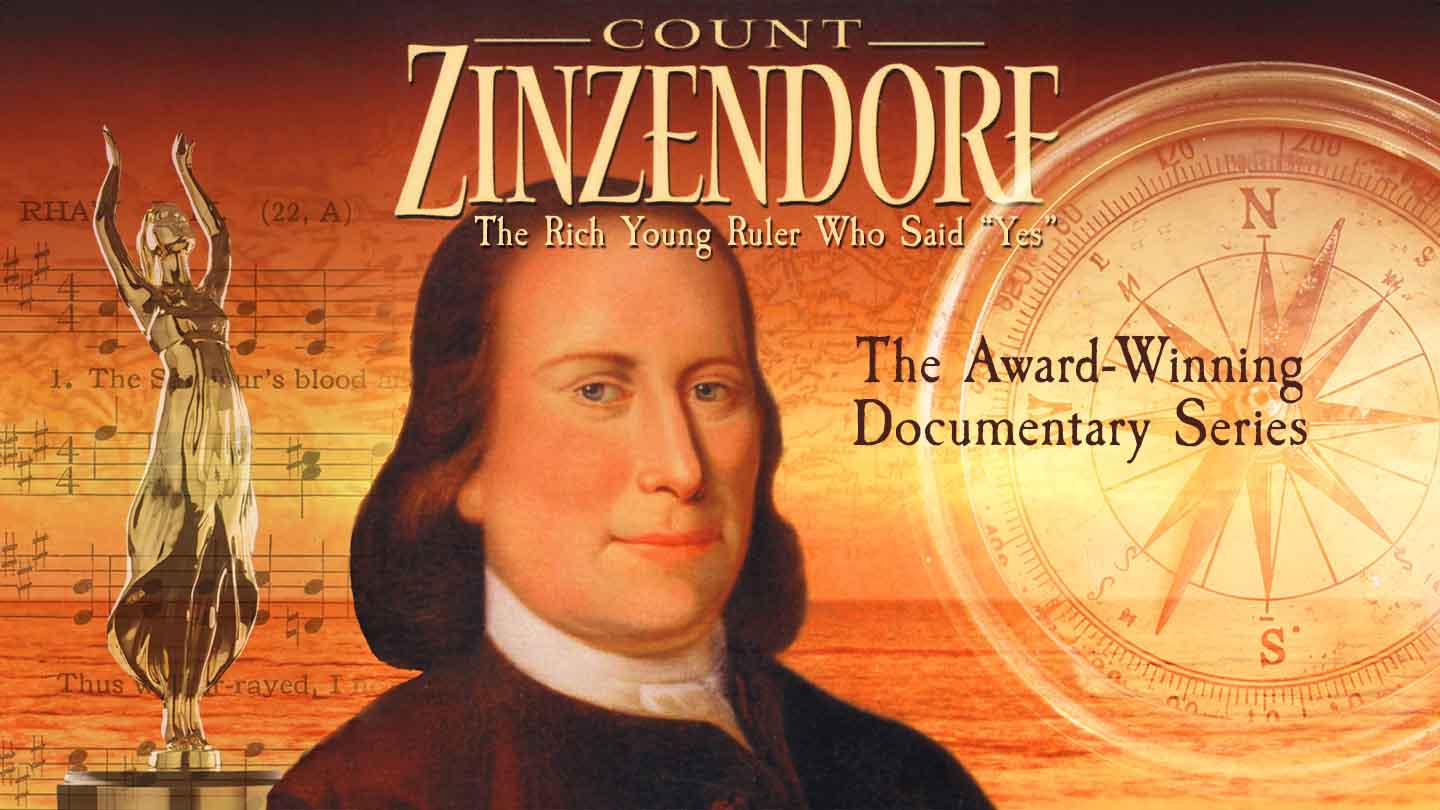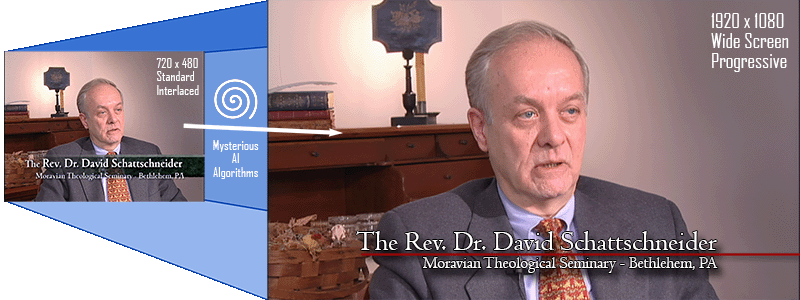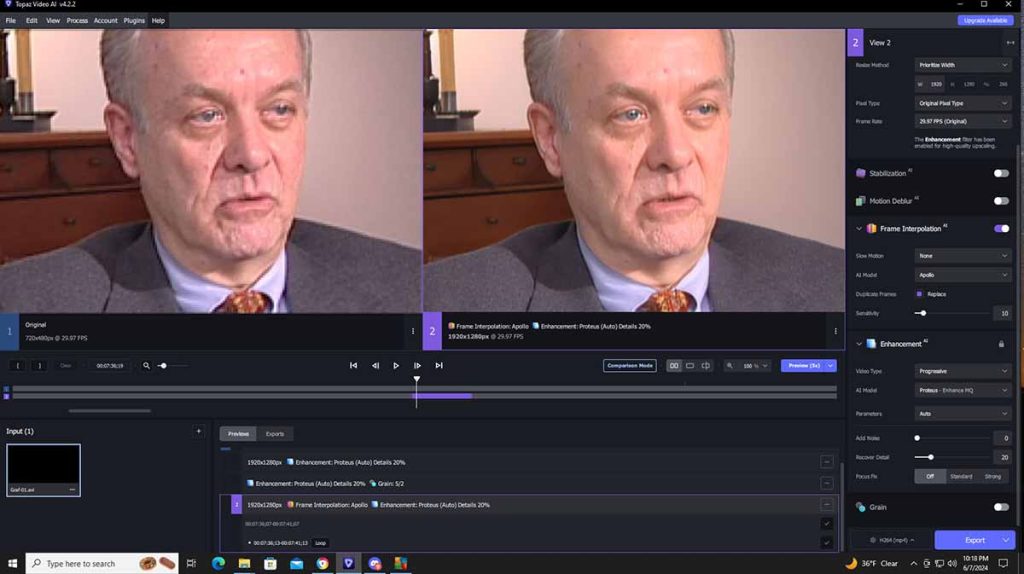
We are pleased to announce that in preparation for the 25th anniversary of the Zinzendorf documentary, that we are in the process of converting the program to High Definition widescreen, the most common viewing format today.
When the documentary was originally filmed, only PBS was broadcasting in HD. Most cable and satellite channels were Standard Definition, many still were still running mono sound. Almost everyone had CRT televisions. Two decades later, everything is high definition with surround sound audio, and gigantic flat screen TVs are ubiquitous. So that the important information in our documentary can speak to a new generation, we are converting Zinzendorf to wide-screen High Definition, with new intros and titles.
This is not a simple process — especially to do well. Fortunately, the recent advances in AI picture processing allow us to recreate a picture that looks as good as if it had been originally filmed in HD. We are using the original footage from the German version of the documentary to create a new US edition which will run 1 hour 40 minutes. The transition from the original 4:3 aspect ratio to 16:9 widescreen using a “pan and scan” conversion (to properly reframe each shot) requires that we create new titles for the new version.
The original US format, NTSC Standard definition, had an aspect ratio of 4:3 and was composed of 720 x 480 pixels, or 0.345 megapixels. The German version was issued in PAL Standard definition, also with an aspect ratio of 4:3 and was composed of 720 x 576 pixels, or 0.415 megapixels. Widescreen full HD, however, is 16:9 and 1920 x 1080, or 2.0 megapixels. An additional technical hurdle is the fact that both NTSC and PAL used interlaced lines – the odd numbered lines were drawn on the screen first, then 1/60th of a second later, the even numbered lines were drawn. HD, however, is typically progressive — all the lines drawn at the same time. This last (and very confusing) part presents huge technological challenges to do well.

Fortunately, recent advances in the use of Artificial Intelligence for picture processing have given us the ability to actually create the new pixels needed with great accuracy. Our “uprez” or “upscale” has been created using the latest technology from Topaz Labs.

Plans are to release the upscaled and updated documentary in Fall 2024. Both digital and DVD versions will be available for churches to use.
